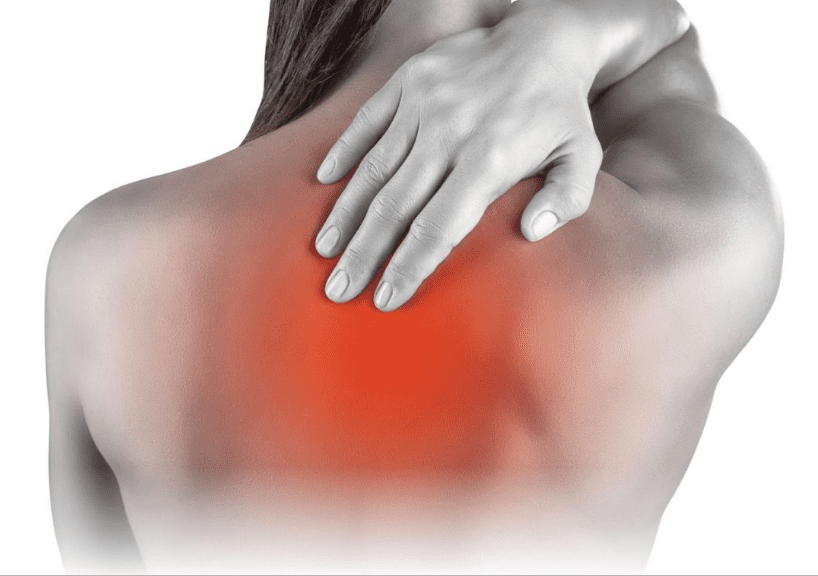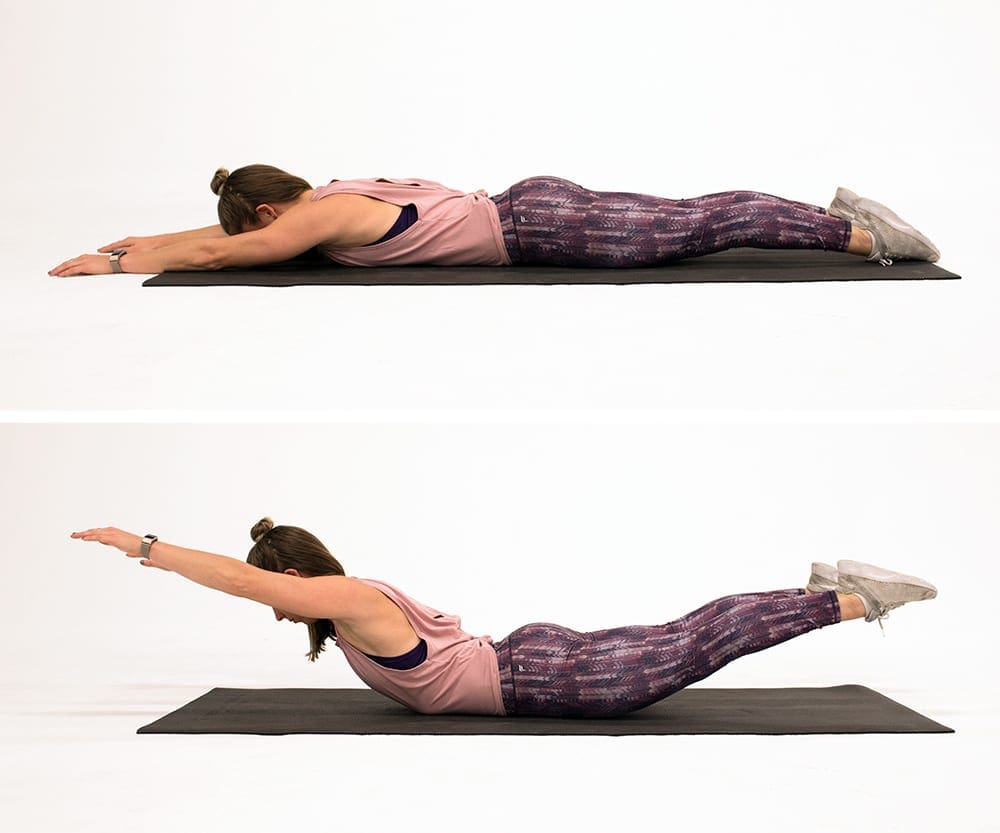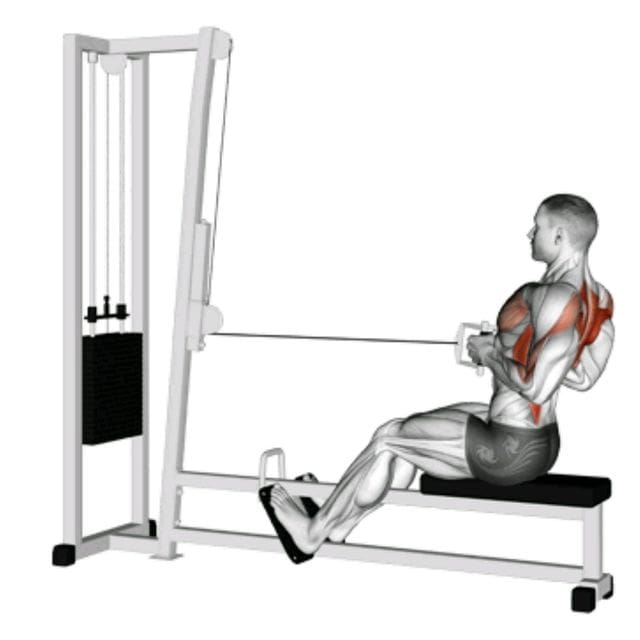Unhealthy posture and slouching incorrectly position the body unnaturally, adding chronic strain on the muscles and ligaments. For example, when sitting or standing at a workstation, individuals start to relax by slumping forward because it feels comfortable; however, they don’t realize that their shoulders are hunching over, and their neck is in an awkward forward position. For every inch the head moves forward, its weight on the neck and upper back muscles increases by 10 pounds. Individuals that stay in this position for a long time often experience neck soreness, tension in the shoulder muscles, and low back discomfort. Chiropractic care, massage, and decompression therapy can realign the spine to its natural position and train individuals to maintain a healthy posture.
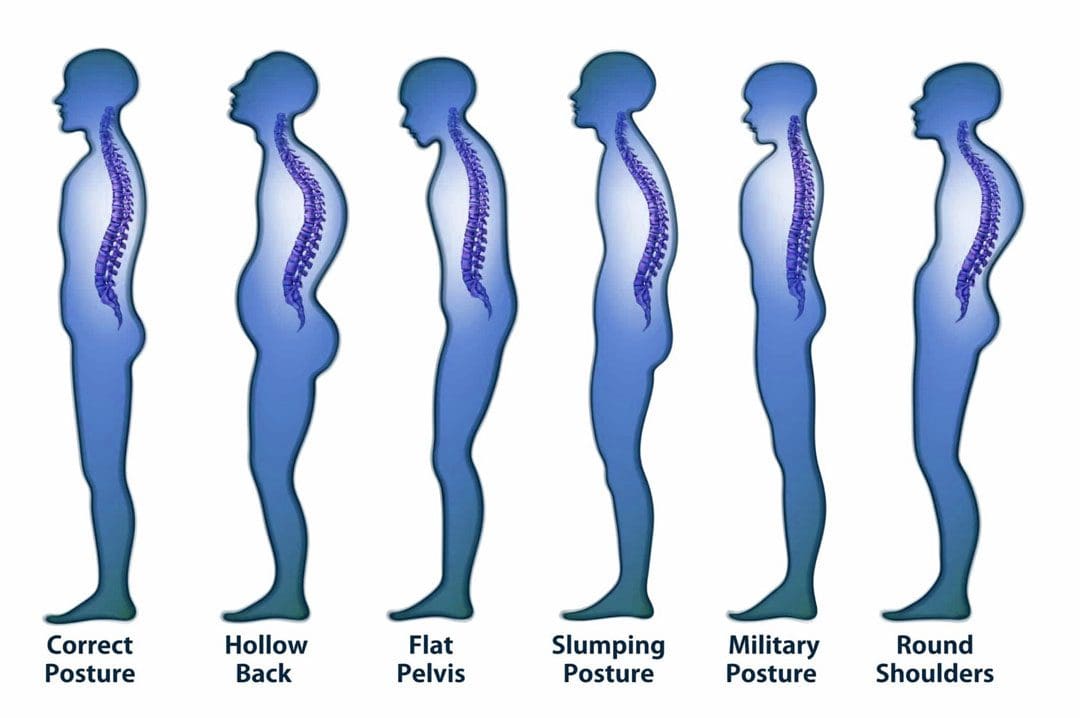 Slouching
Slouching
Posture is the body’s position in space, the relationship of the body’s parts, head, torso, and limbs to each other. Maintaining the natural lumbar curve in the low back is essential to preventing posture-related discomfort symptoms. This natural curve works as a shock absorber, helping to distribute weight along the length of the spine. The most common causes for slouching posture are:
- Repetitive motions or tasks can cause physical and mental fatigue, causing individuals to relax their core muscles.
- Combined with the repetitiveness, individuals also begin implementing unhealthy movements because it makes the job easier.
- Often individuals want to finish their work tasks, and even though they can feel their muscles and body stiffening and tightening up, they continue to work through the discomfort and don’t take a quick break to move around and stretch.
- Stressful situations can cause muscle tension.
- Carrying heavy bags, purses, backpacks, etc.
- Weight fluctuation.
- Pregnancy.
Spine
- Muscles move the skeletal system and provide resistance against movement.
- The musculoskeletal system comprises soft tissue structures that provide active and passive spinal stabilization.
- The spine has natural curves to distribute weight/loads evenly.
- The cervical and lumbar spine have a lordosis or forward curve.
- The thoracic spine and sacrum have a kyphosis or backward curve.
- They help to mitigate the forces exerted on passive stabilizing structures like the ligaments, joint capsules, and intervertebral discs.
A prolonged seated or standing position fatigues the muscles that stabilize the spine from the forces of gravity and body weight. When the tired muscles no longer provide stability, the spine must rely on the passive structures of the musculoskeletal system for support. Without the support, the spine gradually loses its natural cervical and lumbar curves and becomes more kyphotic or slouched. Slouching can provide relaxation and relief to the fatigued muscles; however, repetitive or prolonged stress to the passive structures can result in discomfort and injury to those tissues. This is how nerve compression, ligament inflammation, and disc herniations start.
Symptoms of Unhealthy Posture
- Head that leans forward or backward.
- Headaches.
- Jaw pain.
- Poor circulation.
- Rounded shoulders.
- A decline in breathing efficiency.
- Muscle fatigue – Certain muscles can change in length, becoming short and tense or long and weak.
- Body soreness and tightness.
- Back discomfort symptoms.
- Bent knees when standing or walking.
- Sleep problems.
- Potbelly.
Healthy Posture
The advantages of practicing healthy posture include the following:
- Prevents abnormal wear on the joints.
- Lessens stress on the ligaments.
- Prevents muscle strain and fatigue.
- Prevents the spine from becoming misaligned.
- Prevents back aches and soreness.
- Reduces the risk of chronic diseases or conditions.
- Helps maintain fitness and overall health.
Chiropractic Realignment
Our approach starts by correcting the physical problems caused by slouching, which involves chiropractic adjustments, therapeutic massage, and non-surgical decompression therapy. The objective is to fix the root cause to ensure that the treatment lasts and maintains neuromusculoskeletal health.
Examination
- The initial assessment looks at an individual’s posture and a physical evaluation to identify the root cause.
- When muscles become weak, over or underused, or suffer injury, others tighten or tense up.
- A chiropractor looks at how an individual stands from behind and from the sides, noting issues like uneven shoulders, arched back, twisted pelvis, or other symmetry issues.
Treatment
- Massage will increase circulation and reduce tension.
- Muscle release and relaxation for any overactive muscles.
- A chiropractor will perform slow joint movements.
- Targeted stretches and strength exercises will correct imbalances, maintain flexibility, and strengthen the core muscles.
- Postural training will help individuals learn to use proper body mechanics and to listen to their bodies.
Impact of Stress
References
Defloor, T, and M H Grypdonck. “Sitting posture and prevention of pressure ulcers.” Applied nursing research: ANR vol. 12,3 (1999): 136-42. doi:10.1016/s0897-1897(99)80045-7
Fortner, Miles O et al. “Treating ‘slouchy’ (hyperkyphosis) posture with chiropractic biophysics®: a case report utilizing a multimodal mirror image® rehabilitation program.” Journal of physical therapy science vol. 29,8 (2017): 1475-1480. doi:10.1589/jpts.29.1475
Katzman, Wendy B et al. “Age-related hyperkyphosis: its causes, consequences, and management.” The Journal of orthopedic and sports physical therapy vol. 40,6 (2010): 352-60. doi:10.2519/jospt.2010.3099
Korakakis, Vasileios, et al. “Physiotherapist perceptions of optimal sitting and standing posture.” Musculoskeletal science & practice vol. 39 (2019): 24-31. doi:10.1016/j.msksp.2018.11.004
Snijders, Chris J et al. “Effects of slouching and muscle contraction on the strain of the iliolumbar ligament.” Manual therapy vol. 13,4 (2008): 325-33. doi:10.1016/j.math.2007.03.001
Yoong, Nicole Kah Mun et al. “Commercial Postural Devices: A Review.” Sensors (Basel, Switzerland) vol. 19,23 5128. 23 Nov. 2019, doi:10.3390/s19235128







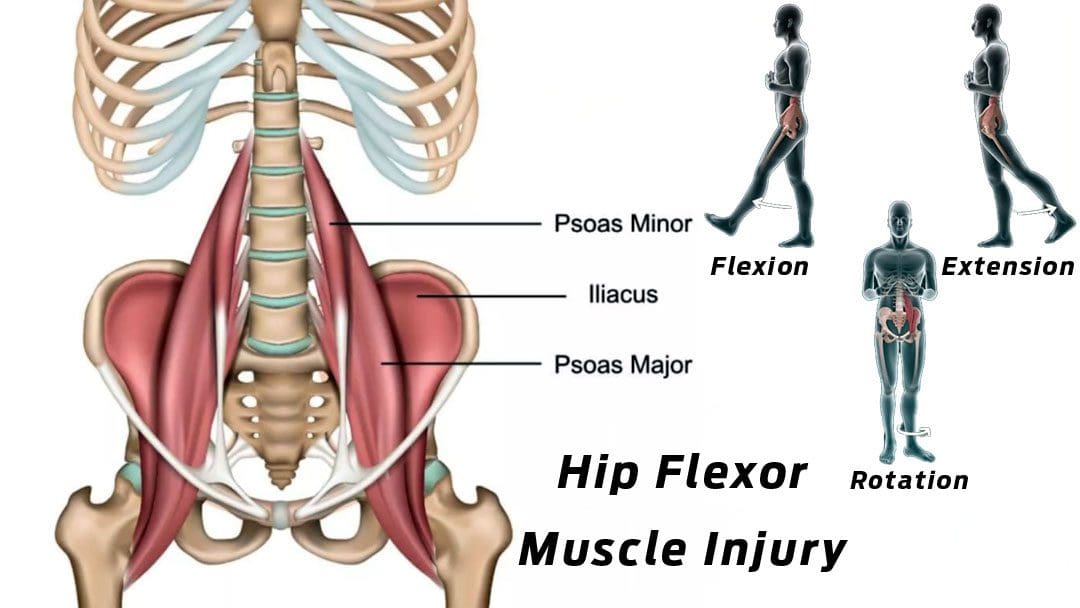

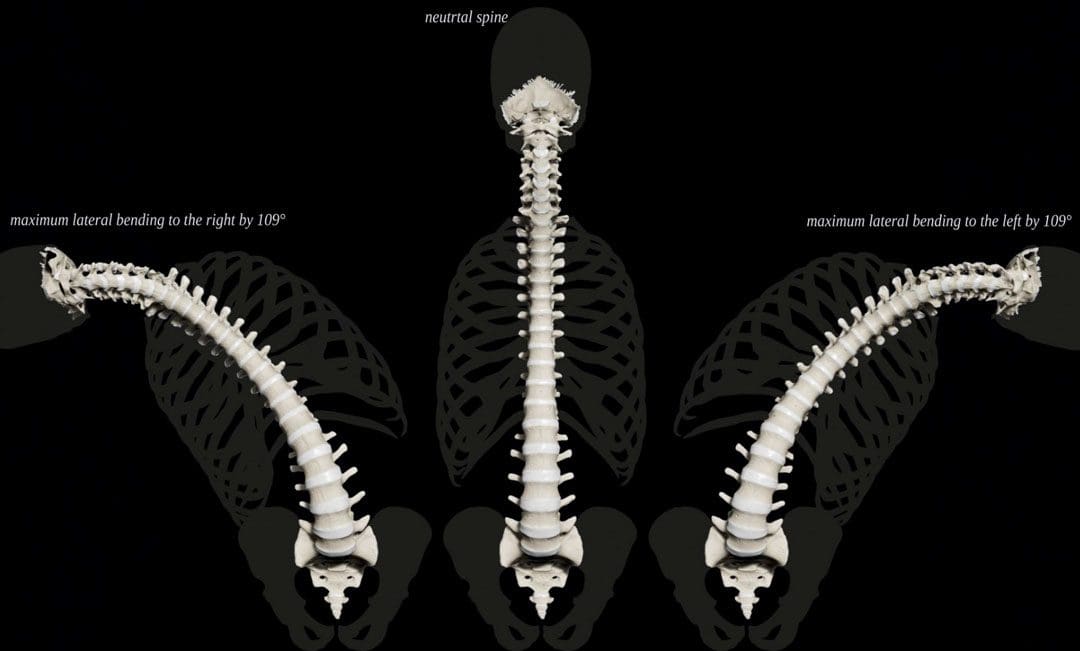



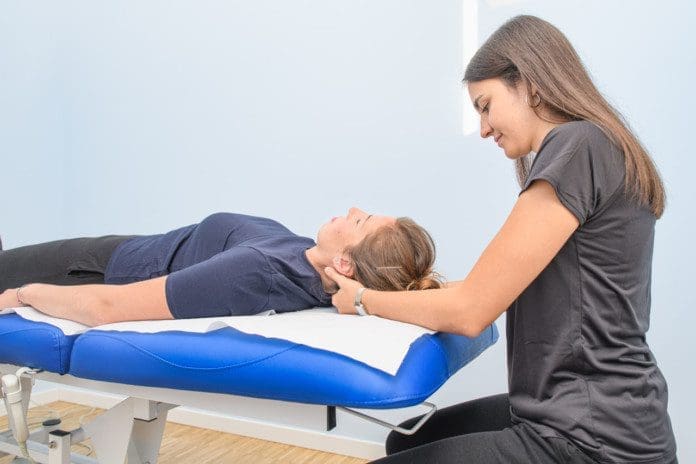
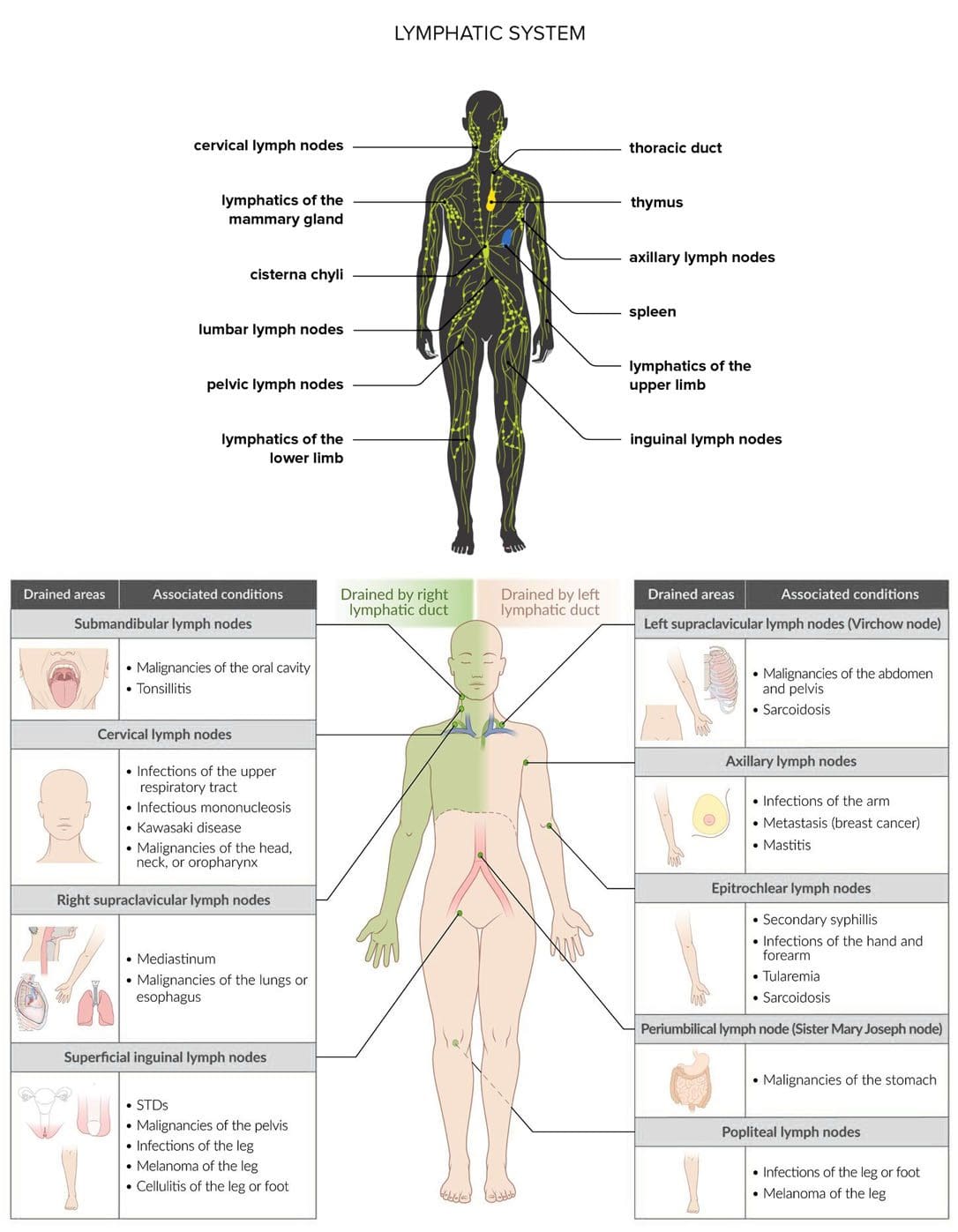



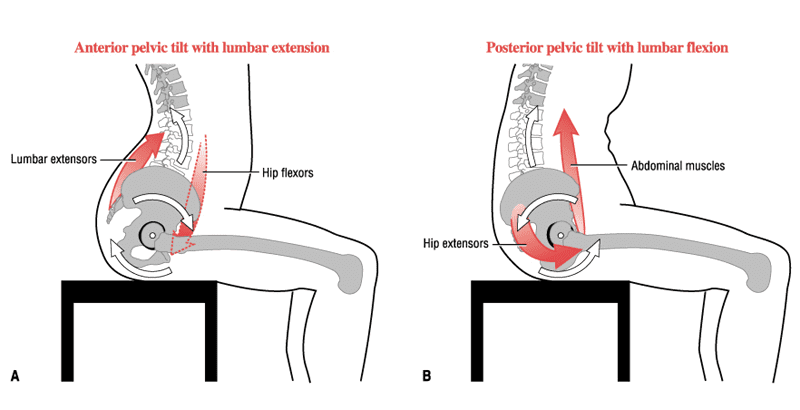







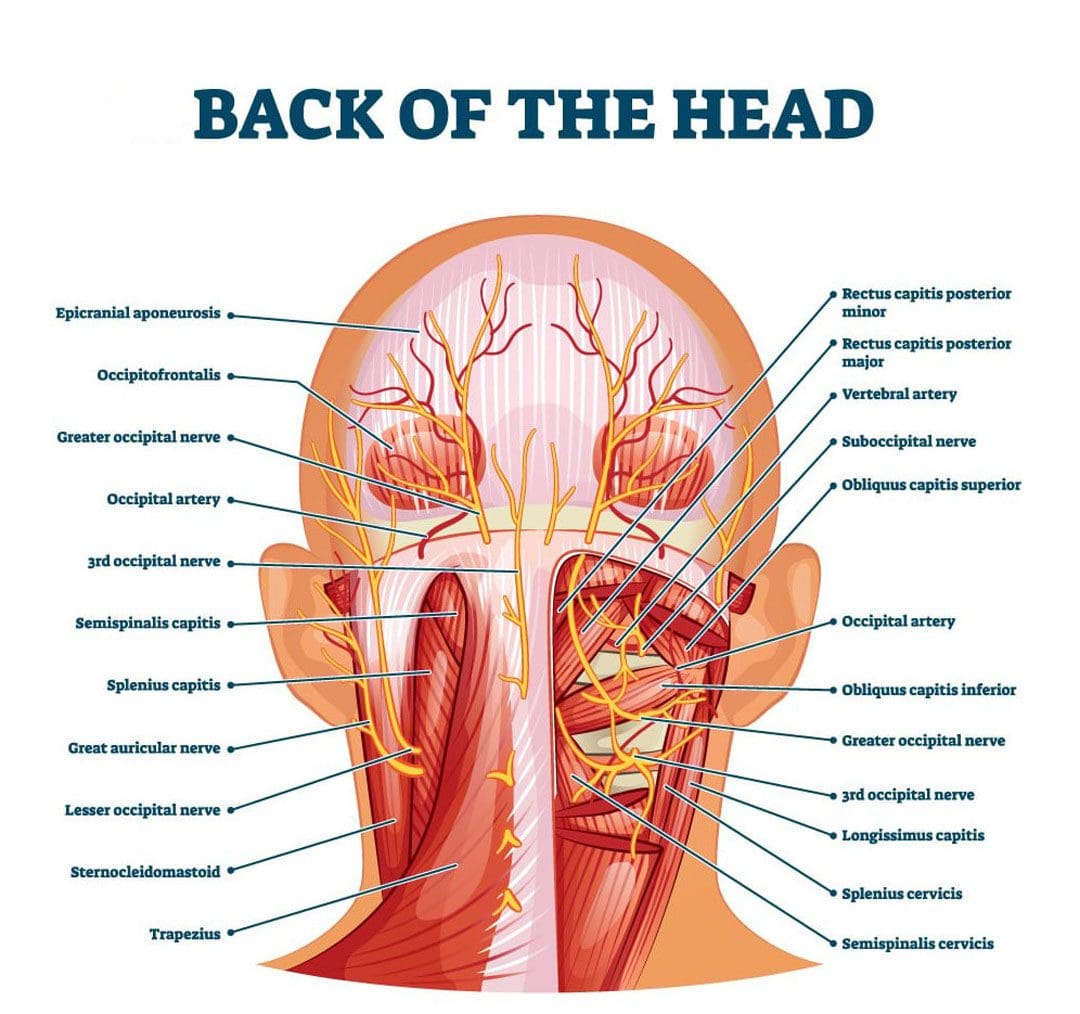 Whiplash Nerve Injury
Whiplash Nerve Injury
